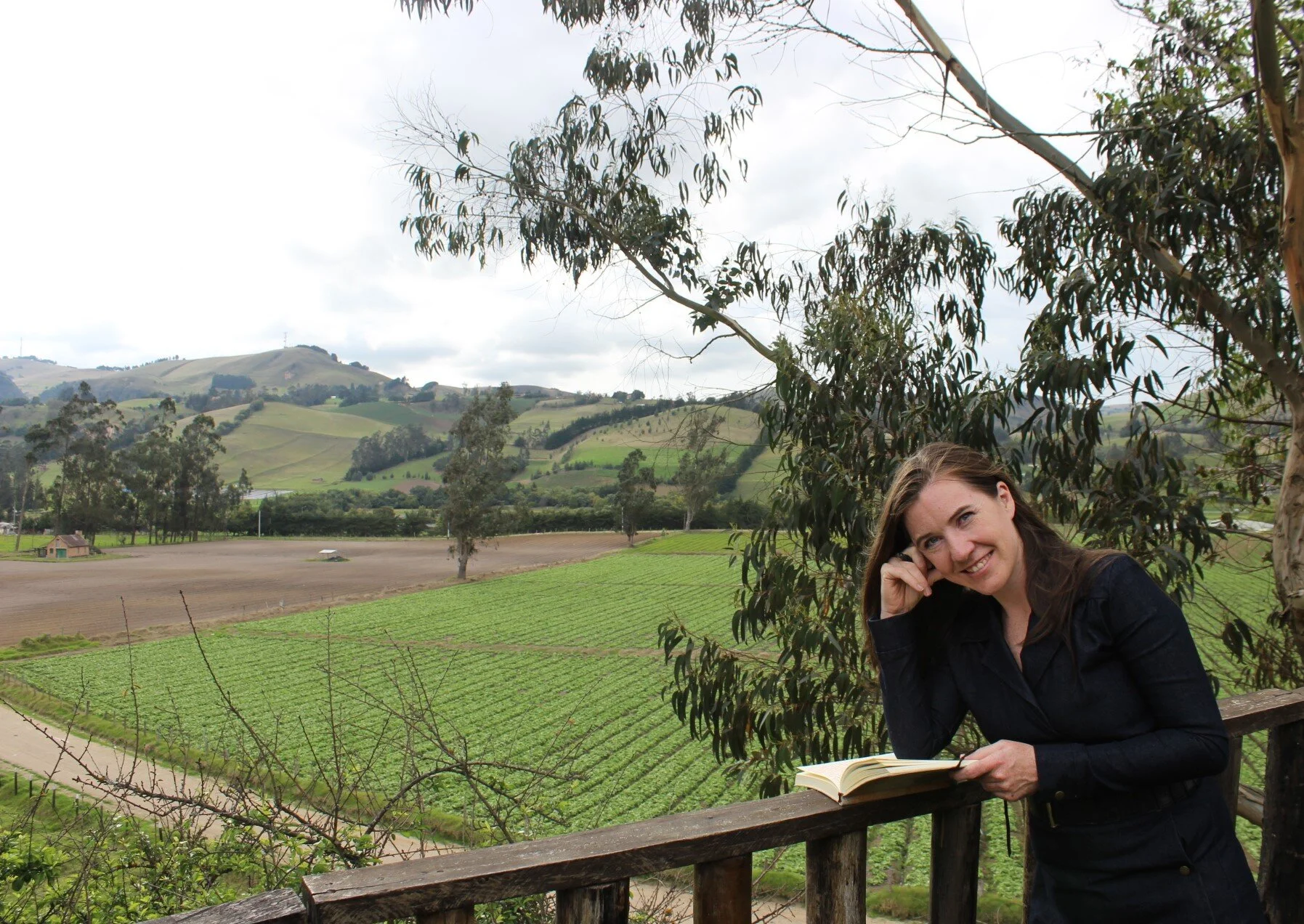Want to Use More Humor in Your Writing?
/One of my favorite artist stories is when Matisse began Drawing with Scissors. At the beginning of World War II he was on the cusp of his seventies, and his body was deteriorating in such a way that he could no longer paint as he painted before. Matisse was known throughout his career for his bold paintings, with masterful confident lines that could express a woman in one swift stroke.
But in 1941, Europe was falling apart around him, his marriage of four decades had ended, and he was bedridden because of his illness. What was his reaction? He sat up in a wheelchair and started to cut up colored paper. In the darkest period of his life, he made his brightest, liveliest work.
Drawing with Scissors is such a potent metaphor for creating in life. When we dream up ideas, any possible reality can flit across our mental theater without much effort at all. Thoughts are beautiful, ethereal and comparatively painless. But in order to give it life and make it real on earth, you have to cut, you have to decide, and affirm life, even if it hurts. This is kind of a brutal act; it’s more permanent, frightening, and it never turns out as you first imagined. It’s hard.
Contrast actually creates the space that allows readers to process emotion. Going back to Dickens, he dealt with heavy topics but he always contrasted them with humor. The Kid by Salvatore Scibona is actually a very funny piece. Drawing with Scissors by Matisse are no ordinary cutouts but an affirmation of life in a time of hopelessness. Contrast gives meaning.
Creating art from a dark topic can be a sign that you’re separating from the pain. Dark humor injects the witnessing capacity. As a difficult experience recedes and you become more objective about it, you can make a joke about it. This then acts like a crowbar breaking you open and telling your body that it’s OK to laugh. You don’t need to be clenched so totally by the fear of what happened.
When someone is going through something difficult, it’s a huge milestone when they can have their first laugh. Before that moment (we’ve all been there), if anybody laughs it feels like an echo from a far-off island that you’re not invited to. It’s as if you are one with the pain and laughter is a language you don’t speak. However, when that laugh rises out of the crack of space between you and the pain you realize you’re something more. Therein lies the art of dark humor. It’s sacred humor.
By creating art from pain, you’ll find your own way to play with darkness and that becomes your style. Everybody does it in their own way. It can be biting and hilarious like Richard Pryor or it can be adamant and sincere like Matisse. It doesn’t even have to be funny. You simply need to open your imagination to the contrast between light and dark.
If you want to try it out for yourself. Write about a laugh you had during a time of despair, or a lightness you feel now about a dark time that happened long ago. Give yourself some meditative time so your mind allows an oldie but a goody to rise up. Find something that was painful before, that now feels light. Describe the quality of the experience as you recall it. What do you see now that you didn’t see then?

